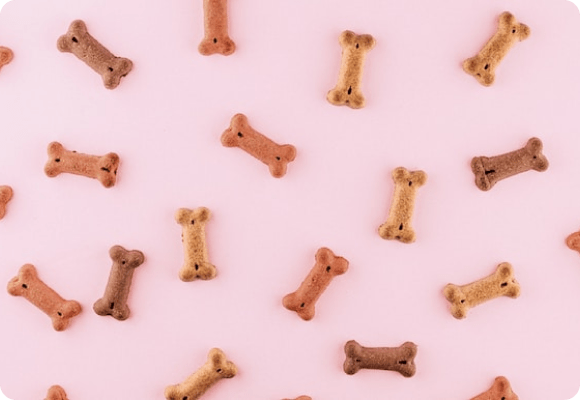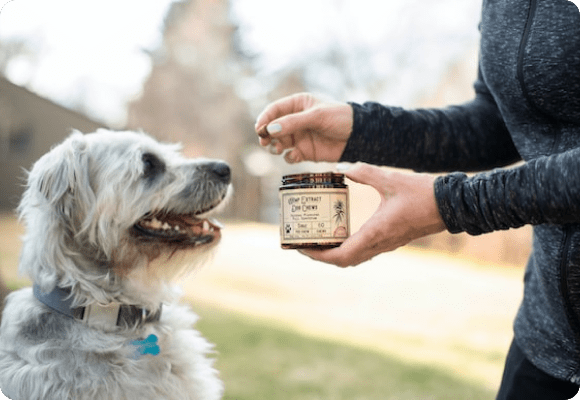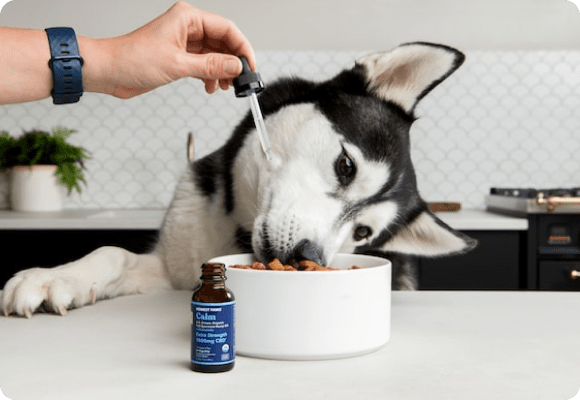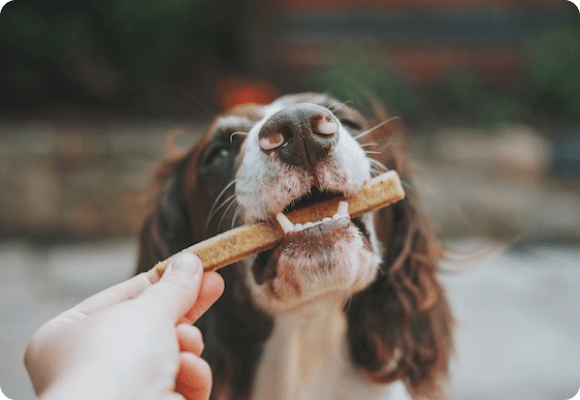Greyhound Dog Breed Facts: History, Health Traits, and Characteristics

Table of Contents
Greyhound Breed Card
Greyhound Breed Overview
Group
Hound Group
Height
27 to 30 inches
Breed Recognition
Yes
Weight
60 to 70 pounds
Country of Origin
England
Personality
High energy, adaptable, sociable
Lifespan
10 to 13 years
Shedding
Low
Greyhound History
There are several artworks from the prehistoric era that show dog-like creatures and early men chasing games. However, the actual story of the Greyhound began in Egypt around 5000 years ago.
These dogs belonged to the pharaohs and were able to detect, chase, capture, and dispatch the wildlife of the area. The people under the Pharaoh’s rule saw these hounds as an extension of their royalty. Nobels including the Tsars of Moscow to Alexander the Great seemed to look a bit more royal with these dogs present by their side.
England is the country of origin for these majestic dogs. These dogs were developed to hunt games with their eyes rather than their noses. The Greyhound was recognized by the ACK back in 1885.
Cost ✅
COST LEVEL
Low End: $1500
High End: $2500
Greyhound Physical Traits
General Appearance💡
The Greyhound is a large to giant dog breed and has a slender, athletic build. They have dark, bright, intelligent, eyes that are always indicating spirit. This is one of the fastest dogs in the world with a top speed of 40 miles per hour (65 kilometers per hour). Today, there are two types of Greyhounds available to us. These include the Show Lines and the Racing Lines. While the Show Lines were bred to conform to the writer’s standard, the Racing Lines were mainly bred for speed.
The Greyhound is a large dog with a slender body. These dogs have been built for high-speed pursuit. Their bodies have an ‘inverted S shape’ that is formed because of their deep chest curving gently into a tucked waistline. As a result, this dog has fascinated a lot of artists, poets, and kings. Their front legs are perfectly straight, set well into the shoulders, and neither turned in nor out. They also have a long, fine, and tapering tail with a slight upward curve.
These dogs have a long and narrow head that is set fairly wide between the ears with a scarcely perceptible stop. They have little or no development of nasal sinuses with a good length of muzzle. Their teeth are very strong and great for grabbing games. Their ears have a small and fine texture that are thrown back and folded. Additionally, they have dark, shining, and intelligent eyes that are often black or brown.
The Greyhounds have a great coat that is short, smooth, and firm. They have a low shedding level and require fewer grooming sessions in comparison to other dog breeds.
Size & Weight ❤️
Height: 28 to 30 inches
Weight: 65 to 70 pounds
Height: 27 to 28 inches
Weight: 60 to 65 pounds
Coat & Color
Eye Color
Medium brown, Black
Coat Color
Black, White, Brindle, Fawn, Blue, Red
Coat Length
Short
Coat Texture
Smooth
Greyhound Temperament and Personality
The Greyhound is a gentle and quiet dog breed. Since these dogs were bred for hunting along with other dogs, their aggression towards other dogs has almost been eliminated. However, they do have a strong prey drive and are not suitable for homes with other pets including rabbits.
This breed is otherwise non-aggressive and will often walk away from annoyance rather than engage. The breed, despite being athletic, will do well spending most of the day sleeping. The endurance level of this dog is moderate and does not require much exercise as compared to other dogs.
Kid Friendly?
GOOD WITH KIDS
Bad Idea
Excellent Nanny
Yes, if trained properly, Greyhounds can be friendly toward kids. However, one needs to be sure and have trust in their training before these dogs are introduced to children. The best results are obtained when your dog has been trained from their puppyhood. These dogs are otherwise family oriented.
Good with Other Pets?
GOOD WITH PETS
Bad Idea
Friendly Socialite
No, it is not a good idea to introduce this dog to other pets and small animals. This breed has a strong prey drive and can therefore hurt the other animals. Pets such as rabbits for example are not a great idea to have at your home if you have a Greyhound. On the other hand, these dogs are great with other dogs and love to socialize.
Barks a Lot?
BARKING LEVEL
When Neccessary
Noise Maker
No, the Greyhound does not bark much. However, they can be vocal in situations where they feel comfortable. Often, they will try and bark to get your attention. In other cases, they simply prefer to stay silent.
Can Be Left Alone?
LEFT ALONE
Likes Being Alone
Sepration Anxiety
Yes, this dog can be left alone if they have the proper training for the situation. Therefore, it is crucial to make sure that your dog gets their training right from puppyhood. This will prevent problems such as Separation Anxiety.
Greyhound Training
When it comes to the talents of Greyhounds, they are great at hunting, sighting, racing, and agility. They are great watchdogs and will do anything to protect their loved ones. These dogs are a sensitive and silent breed. Therefore, they do not respond well to harsh training methods. What works with these dogs are positive reward experiences. If you try to dominate them, they become distressed or scared. This will make it harder to train them as they start to lose trust in their owners. Additionally, it could also lead to behavioral problems to avoid punishment in the future.
By providing a valuable reward, you can achieve a successful training session. However, this changes from dog to dog. Considering these dogs participate in Greyhound racing, they are not that difficult to train. Owners have to study their dogs and find out what they will feel motivated with and use that in the training sessions.
One can also use treats to enhance their training. Rich foods including liver, heart, and turkey are great options for your dog that are also not too expensive. However, these should be given in small pieces to prevent their digestion from interfering with the training.
Greyhound Needs
The Greyhound is an average maintenance dog and requires their owner’s attention most of the time. While this can be taken care of with some training, it is better to make sure that they respond well. However, when it comes to grooming, this dog is extremely low maintenance considering they have a short coat and do not shed much. They also do not need a bath that often.
Nutritional Requirements
FOOD MOTIVATED
Picky Eater
Voracious Eater
Make sure that you feed your dog with high-quality dog food that is suitable for their age. This dog breed needs high calories and high protein as compared to other dogs. You can talk to a vet about what food would suit your dog. You can also give them human food. But make sure that you figure out what foods would suit your dog. Do not give them table scraps very often as it can cause digestive distress in some cases.
Exercise & Activity Levels
ENERGY LEVEL
Couch Potato
Go-All-Day Stamina
The Greyhound is among the fastest dog breeds that were recognized by the American Kennel Club. This dog is considered the cheetah of the dog world. They are happy to lounge all day despite having amazing speed and energy. However, when faced with a tennis ball or prey, they can quickly adapt to a more fast role. These dogs should be allowed off-leash only in a securely fenced area. This is done to prevent them from jumping the fence in pursuit of their prey.
Grooming Needs
SHEDDING LEVEL
No Shedding
Shedding Machine
The Greyhound has a short and smooth coat. Therefore, it requires minimal grooming. They also do not need baths that often but can do well with a weekly rundown with a damp cloth or a hound glove. They have fast-growing nails that should be cut regularly especially if it does not wear down naturally. The ears of this dog should also be checked periodically to look for wax buildup or any debris that might have lodged inside the ear. Finally, their teeth need cleaning regularly with toothpaste formulated for dogs.
Greyhound Average Lifespan
The average lifespan of this dog breed is 10-13 years. This breed is not prone to injuries when they live their daily life. However, they can injure themselves while playing as they are extremely involved in play sessions.
Commom Health Problems
- Musculoskeletal injuries: This breed of dog is often prone to injuries in their muscle and skeletal systems. This is true especially if you have an active dog that participates in sports. Your breeder and vet can give you more information about your dog’s tendencies.
- Digestive Problems: The Greyhound dog is often a healthy dog. However, they can get digestive problems in some cases. These dogs are also prone to bloat. Therefore, make sure that you give them high-quality food that is rich in protein and calories.
- Cold Sensitivity: Since this dog has less fat on their bodies, they are prone to feeling cold. This affects their metabolism and will therefore require a lot more calories to sustain themselves.
- Bone Tumor: Osteosarcoma is a type of bone cancer that is aggressive. It usually manifests as a slight limp but can spread fast. Therefore, periodic vet visits are a must with this dog.
- Eye Problems: The dog is prone to developing eye problems. These include Pannus and Progressive Retinal Atrophy (PRA). It is crucial that you monitor your dog’s eyes periodically and also keep a watch on their overall health.
Recommended Health Tests
- Greyhound Polyneuropathy NDRG1 DNA Test
- Cardiac exam
Tips for New Greyhound Owners
Here are some helpful tips for first-time Greyhound owners:
Tip 1
Find a reputable breeder: Make sure you buy your dog from a reputable breeder. Therefore you can keep up-to-date with your dog’s health in advance. These breeders also ensure that your dog was not raised in a puppy mill.
Tip 2
Buy your dog’s products in advance: Make sure you buy your dog’s items in advance before they enter your home. This helps you start training them right off the bat and therefore can make the transition into your home a lot easier.
Tip 3
Make sure you feed your dog a good diet: A good diet is crucial for your dog’s health. Make sure you give your dog high-quality dog food that is rich in protein. This will ensure good muscle development and also help them lead a healthy life.
Tip 4
Give them periodic exercises: Since Greyhounds are active dogs, make sure you give them enough exercise. However, do not overdo it as it could lead to fatigue and injuries. Talk to your vet to understand what would suit your dog.
Greyhound Similar Breeds
– Spanish Greyhound
– Sloughi
– Scottish Deerhound
– Italian Greyhound
– Afghan Hound
Greyhound Supplies You Need
Your Greyhound will need a few items to make their stay with you comfortable. These include good food, toys, puzzles, treats, and a place where they can rest paired with water and food bowls. These items can help your dog feel right at home. Additionally, you can also use several grooming tools depending on your dog’s requirements. Slicker brushes are great to remove dead hair and groom your dog’s coat.
In addition to these, your dog can also benefit from taking supplements. Calcium, Omega acids, Probiotics, and even vitamins can help keep your dog healthy and active. These can also prevent mood disorders and prevent disorderly behavior.
Best Dog Beds for Greyhounds


Best Dog Food for Greyhounds
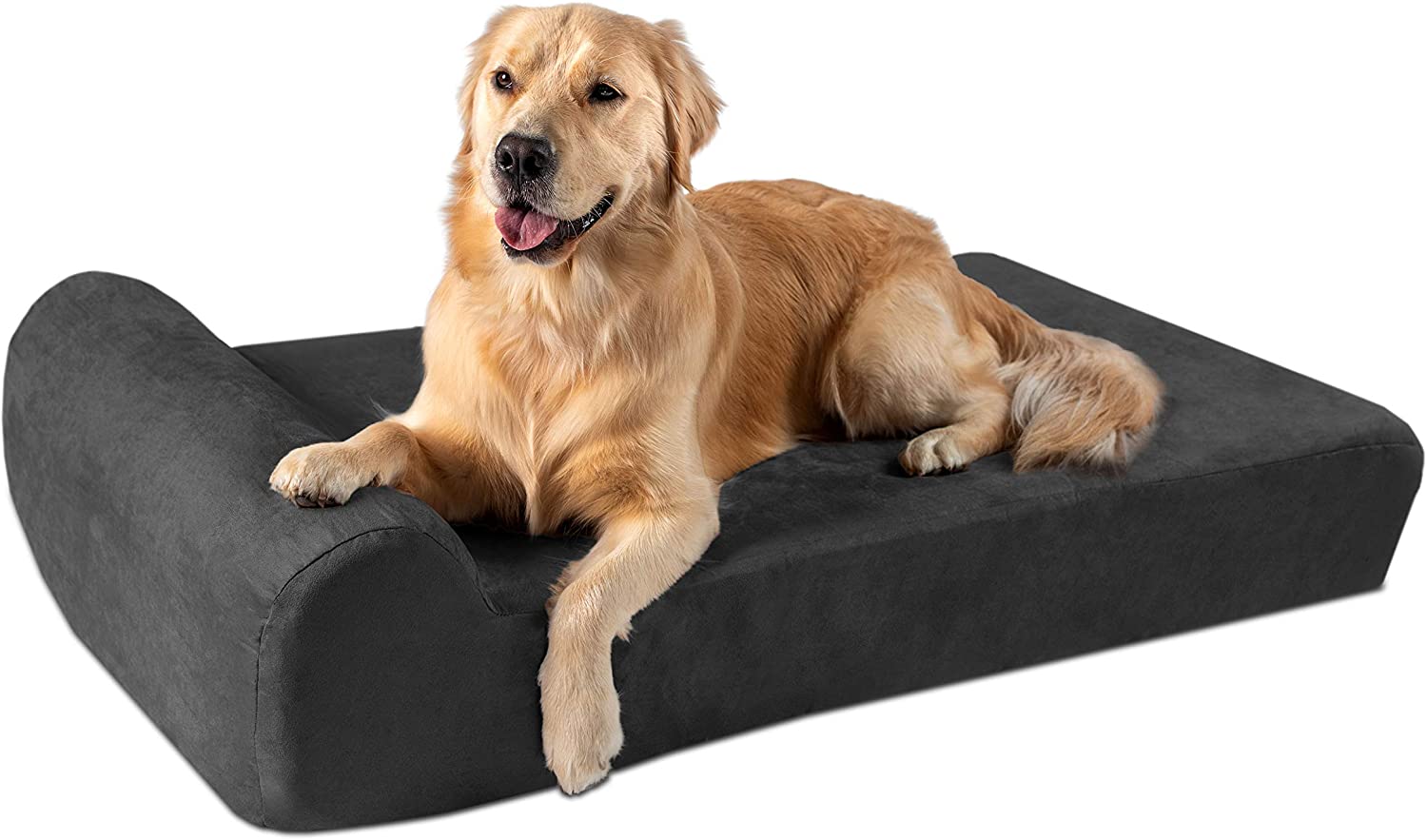

Best Dog Supplements for Greyhounds

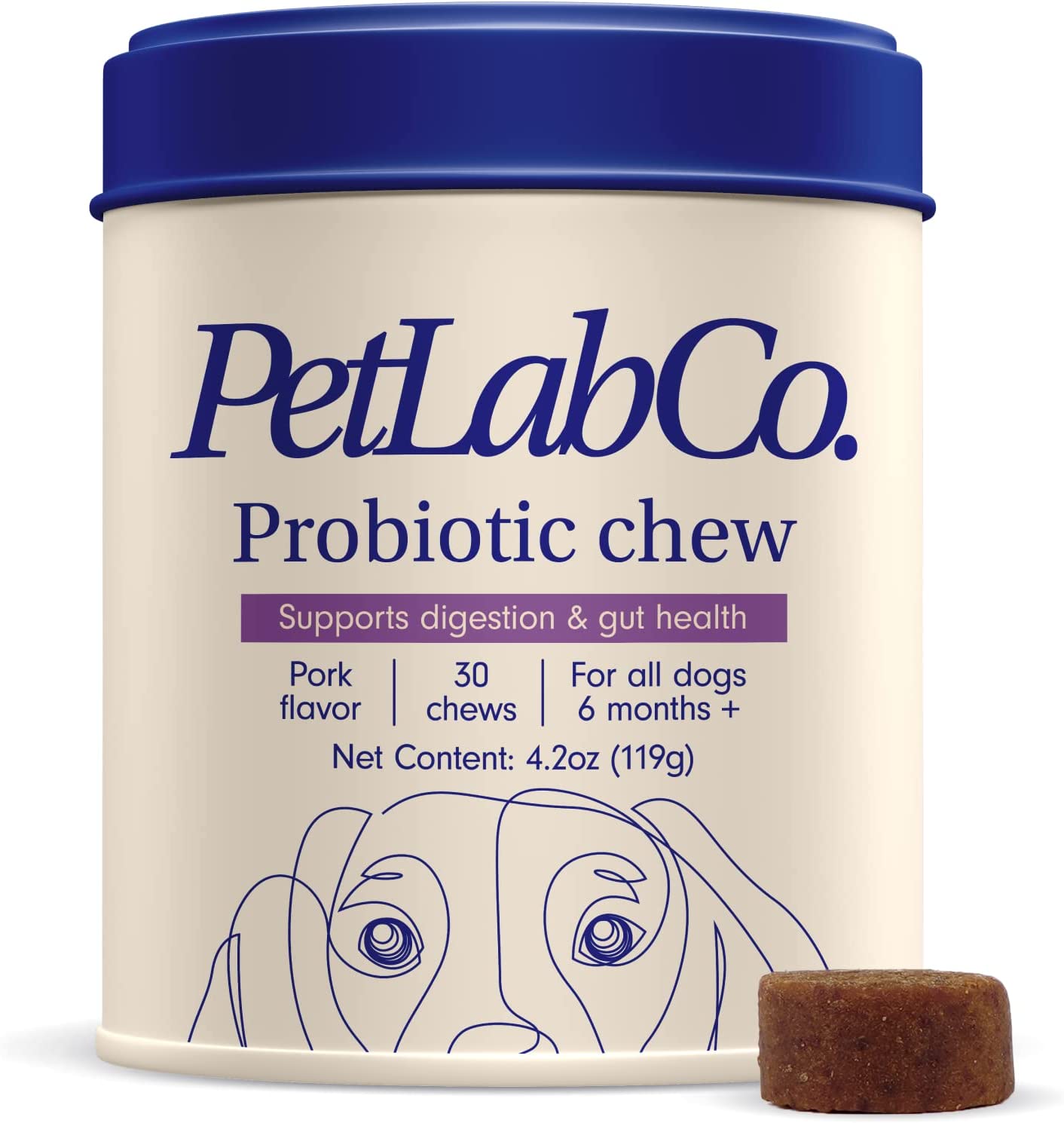
Greyhound Fun Facts
If you are considering getting a Greyhound, here are some fun facts about the breed:
Fun Fact 1
Based on the same name, there is a popular film directed by Aaron Schneider starring Tom Hanks, Stephen Graham, Rob Morgan, and Elisabeth Shue. It was produced by Sony Pictures. This film is based on WWII and follows the journey of a commander (Ernest Krause) in the U.S. Navy who is attacked by German U-Boats. This was also known as the Battle of the Atlantic. The film is based on the novel The Good Shepherd by C.S. Forester.
Fun Fact 2
Greyhounds were once used for coursing games along with other sighthounds. This involved catching prey based on running and tracking by sight.
Fun Fact 3
The Greyhound is the only dog breed that has been mentioned in the Bible.
Fun Fact 4
These dogs are the second fastest animal on Earth.
Why Trust Us?
This article was written by pet parents, for pet parents, and reviewed by our expert veterinary panel. We understand you want to ensure you are only using the best products to support your pet’s health and happiness. At onevet.ai our mission is to provide you with the most up-to-date information and resources you need on the products you buy for your pet.
Our specialized content team of writers, reviewers, and veterinarians analyzes all of the information for you and presents it in an easy-to-understand format. We independently research and test the best products so you can make an informed decision since your pet only deserves the best.

















